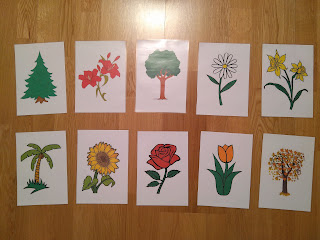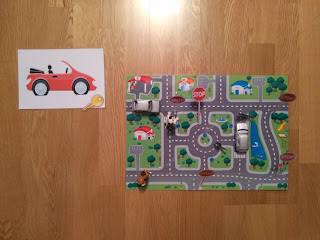In this area we have three nice activities to work with very young
children in the area called "Expressive Movement"
Frightened forest
creatures and the dangerous wolves:
The aims of this activity are:
- To develop expressive movements for conveying
kindness, unkindness and sadness (longing).
- To combine these movements with expressive movements
for representing a specific character.
- To practise staying in role while working directly
with a partner (teacher/peer).
- To move freely and fluently using the whole body.
Frightened forest creatures and the dangerous wolves. PLAN: Click here!
Frightened forest creatures and the dangerous wolves. LOW TECH:
Frightened forest creatures and the dangerous wolves. NOTEBOOK: Click here!
Frightened forest creatures and the dangerous wolves. INTERACTION: Click here!
Let’s drive the car:
The aims of this activity are:
- To enter into the emotional and imaginative world of a
story through movement.
- To develop a rich repertoire of expressive actions.
- To copy the teacher's changes of expressive action.
- To start performing an action in response to a verbal
or non verbal request.
- To stop performing an action in response to a verbal
or non verbal request.
Let’s drive the car. LOW TECH:
Talking to bird:
The aims of this activity are:
- To understand the meaning of a variety of gestures
(greeting, beckoning a friend, offering food, waving goodbye, nodding in agreement).
- To use the gestures to interact with a puppet.
- To introduce a technique for imitating the actions of
a bird.
- To develop vocal mimicry - using a clear, long
drawn-out sound.
Talking to bird. LOW TECH:



































